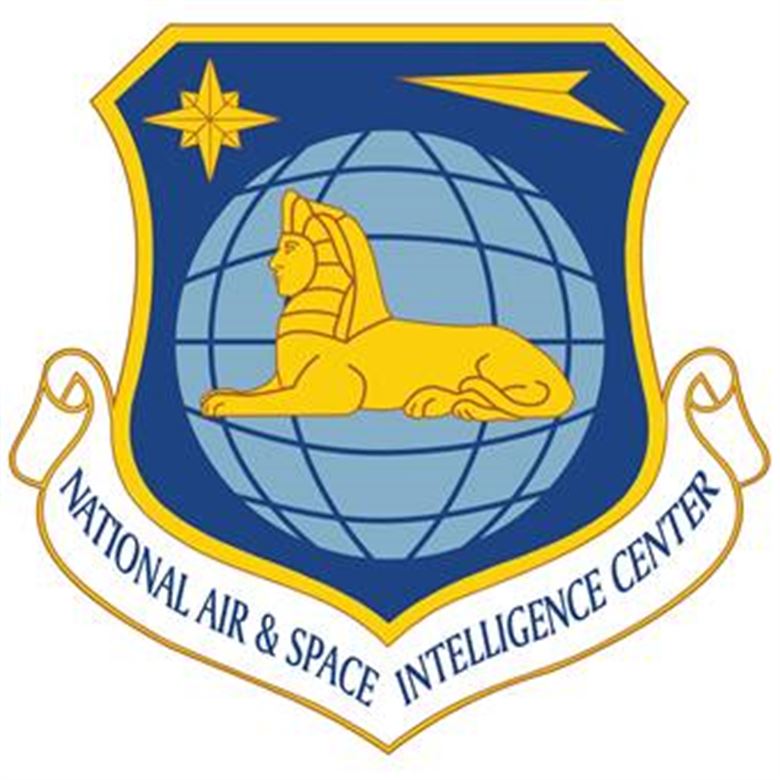Part 2 of 2 Parts (Please read Part 1 first)
Recently the Air Force’s National Air and Space Intelligence Center and the Office of the Secretary Defense’s 2019 Missile Defense Review issued a report that concluded the same thing as a recent Defense Intelligence Agency which said “China [as well as Russia] is developing sophisticated on-orbit capabilities, such as satellite inspection and repair, at least some of which could also function as a weapon.”
These recent reports as well as other earlier reports suggest that there are four ways that adversary counterspace capabilities could be mitigated. Unfortunately, even if all four of these suggested actions were implemented, they would not necessarily protect our constellations of SBIRSs and AEHFs during the 2020s.
Diplomacy is the first line of defense. Hostile foreign nations are unlikely to be swayed by diplomatic approaches given the increasingly contentious international environment we currently find ourselves in.
Dispersion of space assets would be a way to reduce their vulnerability. Unfortunately, even an accelerated schedule of launch and deployment would leave vulnerabilities in place for much of the 2020s.
Rapid space reconstitution capabilities could replace damaged or destroyed military satellites but would be far too expensive and/or slow to quickly restore lost capabilities.
Suppression of adversarial counterspace capabilities would be effective but should only be used as a last resort. The Mitchell/MITRE report said that “the DoD should formulate operational concepts to attack adversary counterspace assets such as launch facilities, space command and control nodes, ground-based anti-satellite laser facilities, and other related infrastructure.”
Some analysts think that we should develop “bodyguard” satellites and send them up to rendezvous with and protect important U.S. satellites such as the SBIRSs and AEHFs. The proponents of these bodyguard satellites suggest that they should have the same capabilities as the “peaceful” maintenance satellites operated by the U.S. and possible enemies such as Russian and China. In addition to these bodyguard satellites there is a general consensus that the U.S. should continue to develop defensive weapons that could be carried by future versions of the SBIRSs and AEHFs. The development of such weaponry should be sensitive to the development of ASAT weapons by our potential enemies. It would not be a good idea to trigger another arms race in orbit.
The bodyguard satellites would be able to block, disable or destroy an enemy ASAT as well as maintenance satellites if they were attacking U.S. orbital assets. The bodyguards would not even have to destroy the attacking enemy satelliteweapons. They could just render them inoperative by damaging antenna, engines, etc. This would reduce the amount of debris in orbit which would increase if the attacking weapons were blown up.
In addition to directly engaging ASAT weapons, the bodyguards could protect satellites from ASAT attacks by releasing decoys in the path of the ASAT missiles, jamming their command, control and communication links or blinding their sensors.
If there is a delay in the deployment of the next generation SBIRSs and AEHFs or if the new generation does not perform to expectations or new weapons systems are developed by potential enemies that could pose new threats to the SBIRSs and AEHFs, the U.S. would be well served by the bodyguard satellites providing an extra layer of protection for military satellites.
Blog
-

Nuclear Weapons 377 – U.S. Military Satellites Are Vulnerable To Attack – Part 2 of 2 Parts
-

Geiger Readings for Apr 02, 2019
Ambient office = 66 nanosieverts per hour
Ambient outside = 79 nanosieverts per hour
Soil exposed to rain water = 81 nanosieverts per hour
Red bell pepper from Central Market = 78 nanosieverts per hour
Tap water = 62 nanosieverts per hour
Filter water = 54 nanosieverts per hour
-

Nuclear Weapons 376 – U.S. Military Satellites Are Vulnerable To Attack – Part 1 of 2 Parts
Part 1 of 2 Parts
Nuclear deterrence depends on being able to detect the launch of nuclear missiles from an enemy as quickly as possible. Long range radar can provide some warning but the best detection system depends on satellites. The military also expects to rely on satellites for global command, control, and communication to coordinate military activities. Analysts say that these two critical satellite systems are vulnerable in the short term.
A few weeks ago, the Mitchell Institute for Aerospace Studies and the MITRE Corporation distributed a report that said, “when it comes to nuclear modernization, NC3 [nuclear command, control and communications] is the least expensive, yet perhaps the most critical.” Regardless of the number of nuclear warheads possessed by the U.S. as compared to the nuclear arsenals of Russia and China, if our military satellites are destroyed, we would be deaf, dumb and blind. This would not be of any assistance in convincing an enemy that we have a functional system of nuclear deterrence.
The report also says that the, “most disturbing and profound [vulnerability] is the end of space as a sanctuary domain – space is likely to be a battleground, with space assets vulnerable to attack.” A year ago, U.S. Air Force Secretary Heather Wilson visited the Mitched Institute. At that time she commented that the big Space Based Infrared System (SBIRS) satellites that provide early warning on missile launches are vulnerable to electronic and kinetic attacks. Air Force Advanced Extremely High Frequency (AEHF) which are critical for military communications in a nuclear-disrupted environment are also vulnerable.
The SBIRS and AEHF satellites constellation consist of only six satellites each. They are big as school buses and very expensive at almost two billion dollars each. New versions of both of these types of satellites are in the planning stages and are scheduled to be launched around 2030. This means that the current constellations of SBIRSs and AEHFs must be protected from kinetic and electronic attacks for the next decade.
In 2007, China successfully tested its ground-based direct-ascent anti-satellite (ASAT). China also launched a missile to simulate an ASAT flight profile that flew almost to geosynchronous orbit. This is worrying to the U.S. because the U.S. SBIRS and AEHF satellites constellation are in geosynchronous orbit.
Just this week, India made a surprise launch of an ASAT that successfully destroyed an Indian satellite. It was a direct kill kinetic weapon that collided with the target satellite, causing it to disintegrate. Such actions increase the orbital debris field.
In the early 2020s, Russia, China, the U.S. and the E.U. will be launching orbital robots for peaceful missions that include removing space debris from orbit and maintaining satellites. The problem with this is that these maintenance satellites could also be used to rendezvous with a U.S. military satellite and disable or destroy it. So the U.S. must have ways to protect its military satellite constellations from such automated maintenance systems.
Please read Part 2 -

Geiger Readings for Apr 01, 2019
Ambient office = 74 nanosieverts per hour
Ambient outside = 88 nanosieverts per hour
Soil exposed to rain water = 89 nanosieverts per hour
Avocado from Central Market = 52 nanosieverts per hour
Tap water = 97 nanosieverts per hour
Filter water = 76 nanosieverts per hour
-

Geiger Readings for Mar 31, 2019
Ambient office = 70 nanosieverts per hour
Ambient outside = 77 nanosieverts per hour
Soil exposed to rain water = 75 nanosieverts per hour
Pineapple from Central Market = 133 nanosieverts per hour
Tap water = 78 nanosieverts per hour
Filter water = 70 nanosieverts per hour
-

Geiger Readings for Mar 30, 2019
Ambient office = 74 nanosieverts per hour
Ambient outside = 66 nanosieverts per hour
Soil exposed to rain water = 65 nanosieverts per hour
Carrot from Central Market = 114 nanosieverts per hour
Tap water = 70 nanosieverts per hour
Filter water = 63 nanosieverts per hour
Halibut – Caught in USA = 84 nanosieverts per hour
